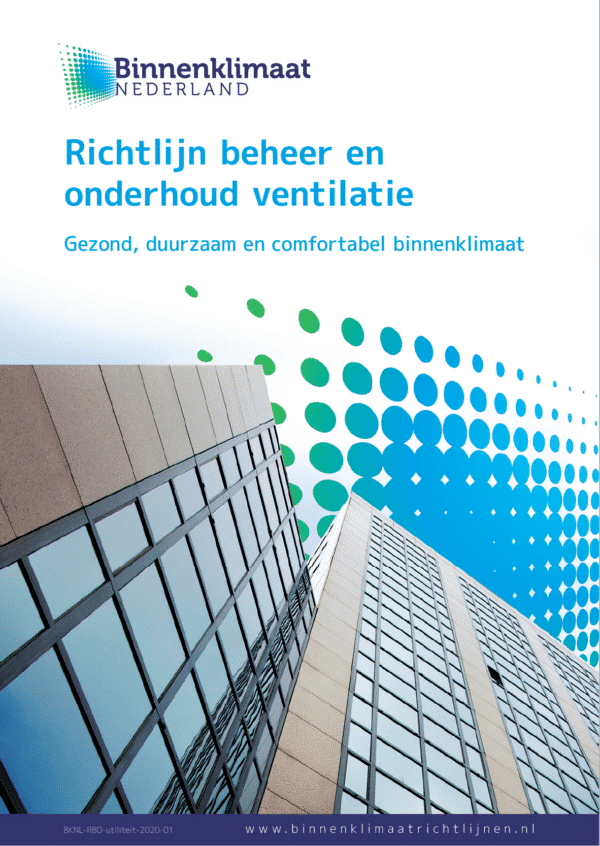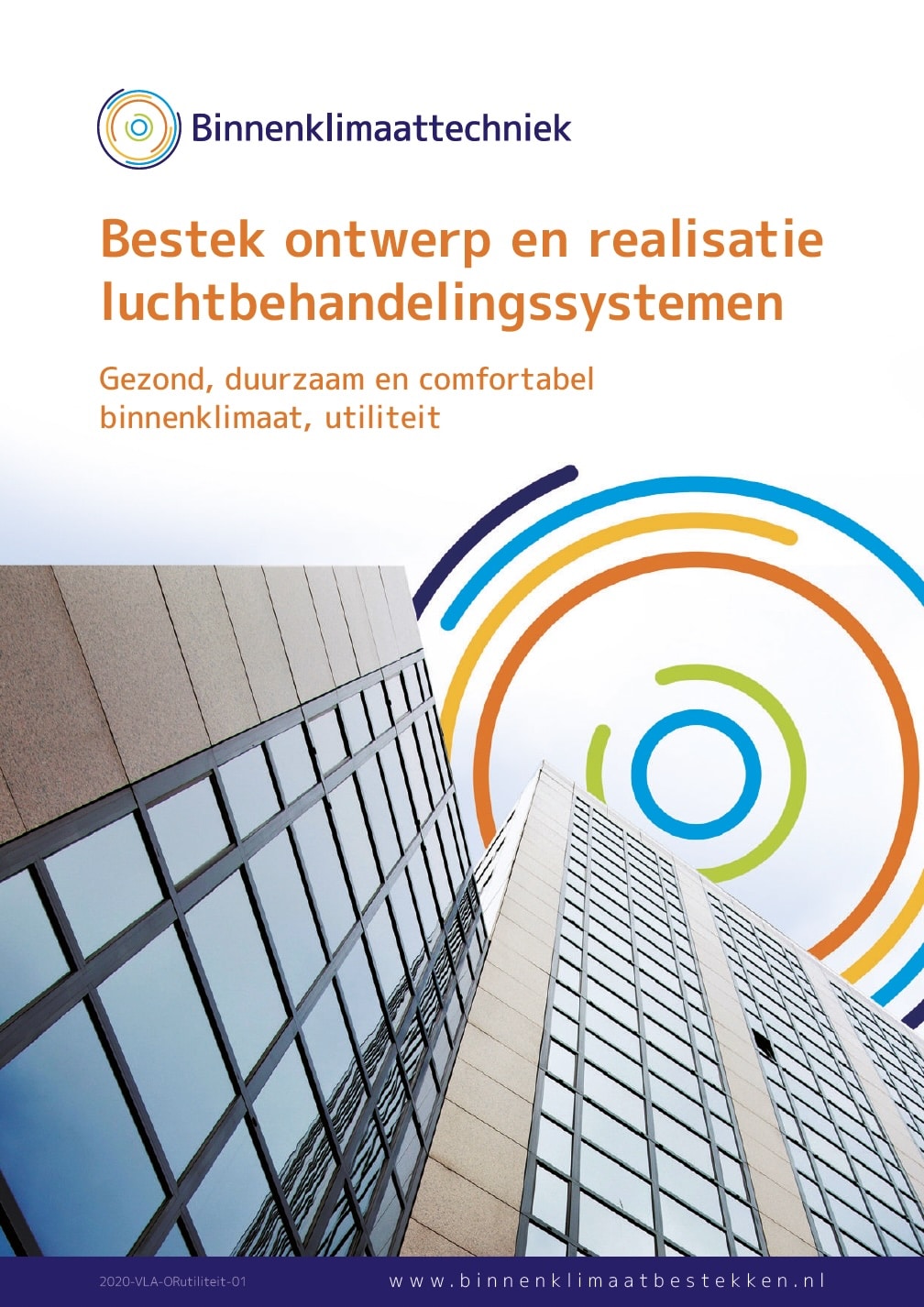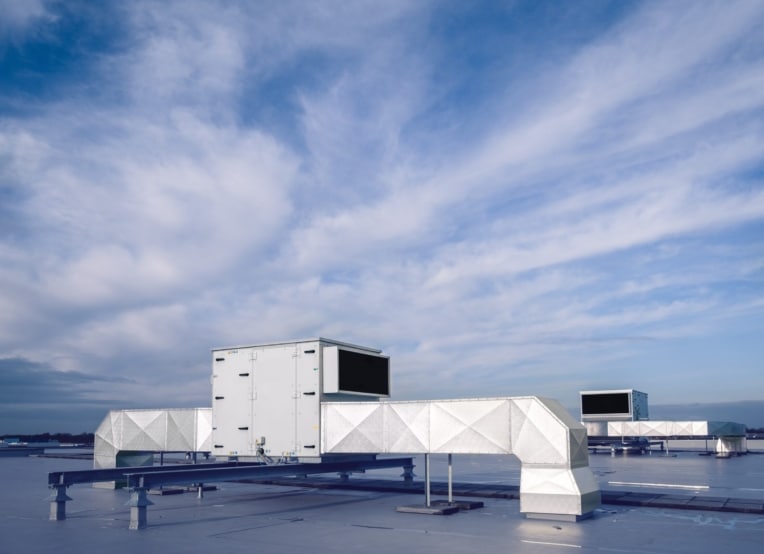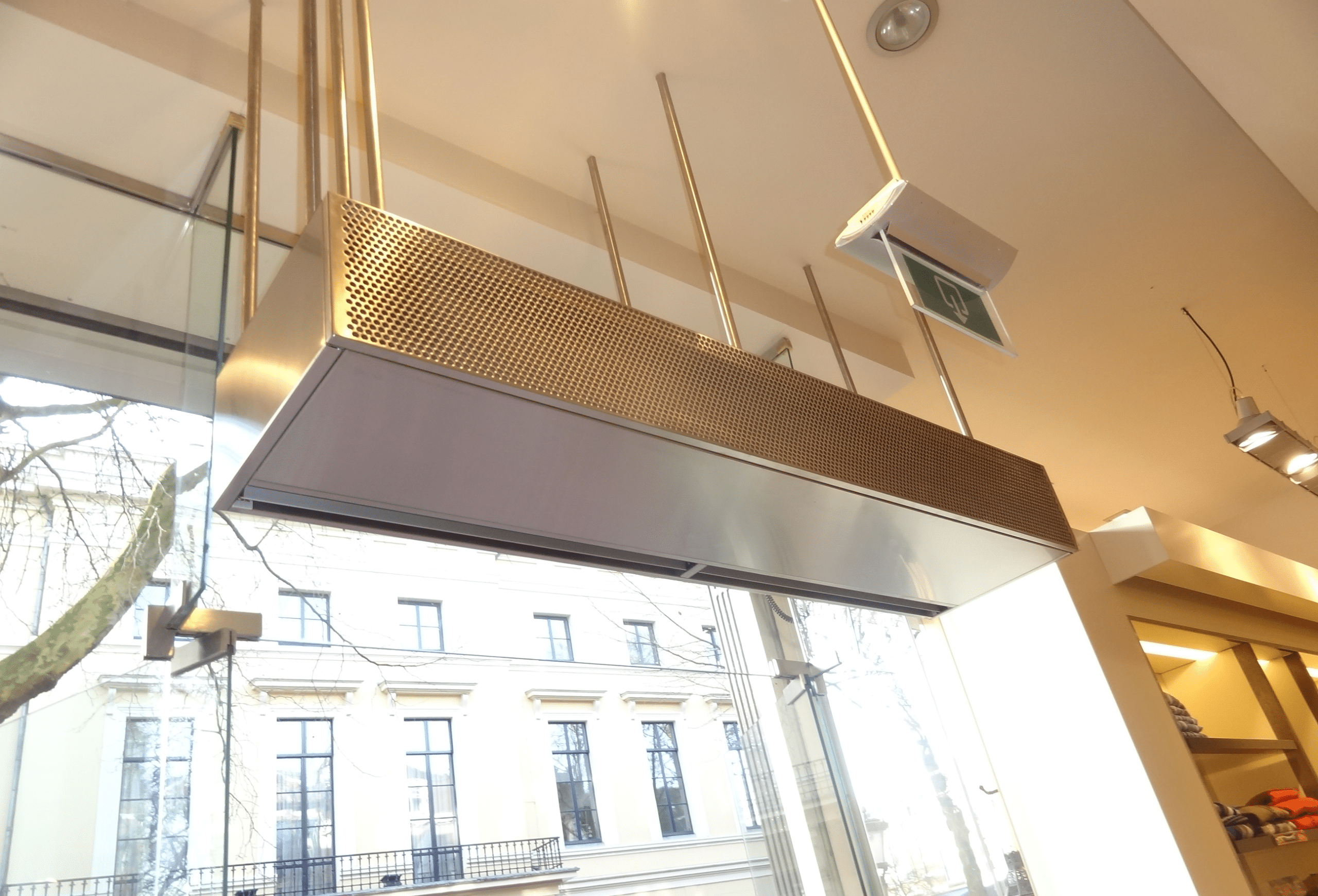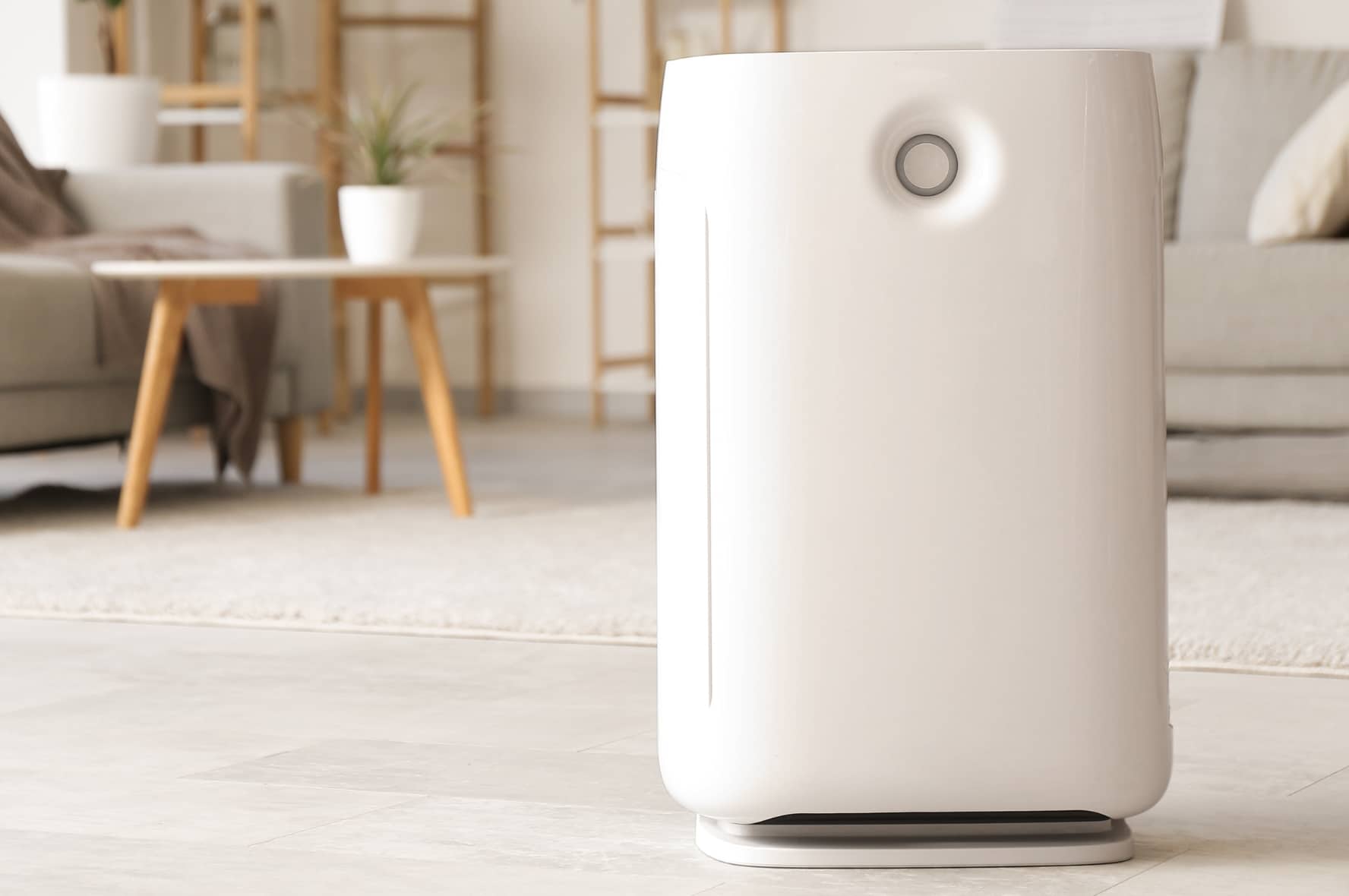What is an air handling unit?
An air handling unit (AHU) is a professional installation designed to provide central ventilation in commercial and public buildings. This device regulates both temperature and humidity to maintain a comfortable indoor environment. An air handling unit houses components such as a fan, filter, heating and/or cooling element, heat recovery system, and other fittings. Heat recovery can be achieved using a heat wheel, cross-flow exchanger, counter-flow exchanger, or twin-coil system.
How does an air handling unit work?
The operation of an air handling unit is less complex than it may appear. In a cross-flow system, the heat exchanger is made up of stainless steel or aluminium plates arranged in alternating flat and corrugated layers. These plates separate the supply and exhaust air streams, allowing for efficient heat transfer. The system’s performance is influenced by factors such as temperature and humidity.
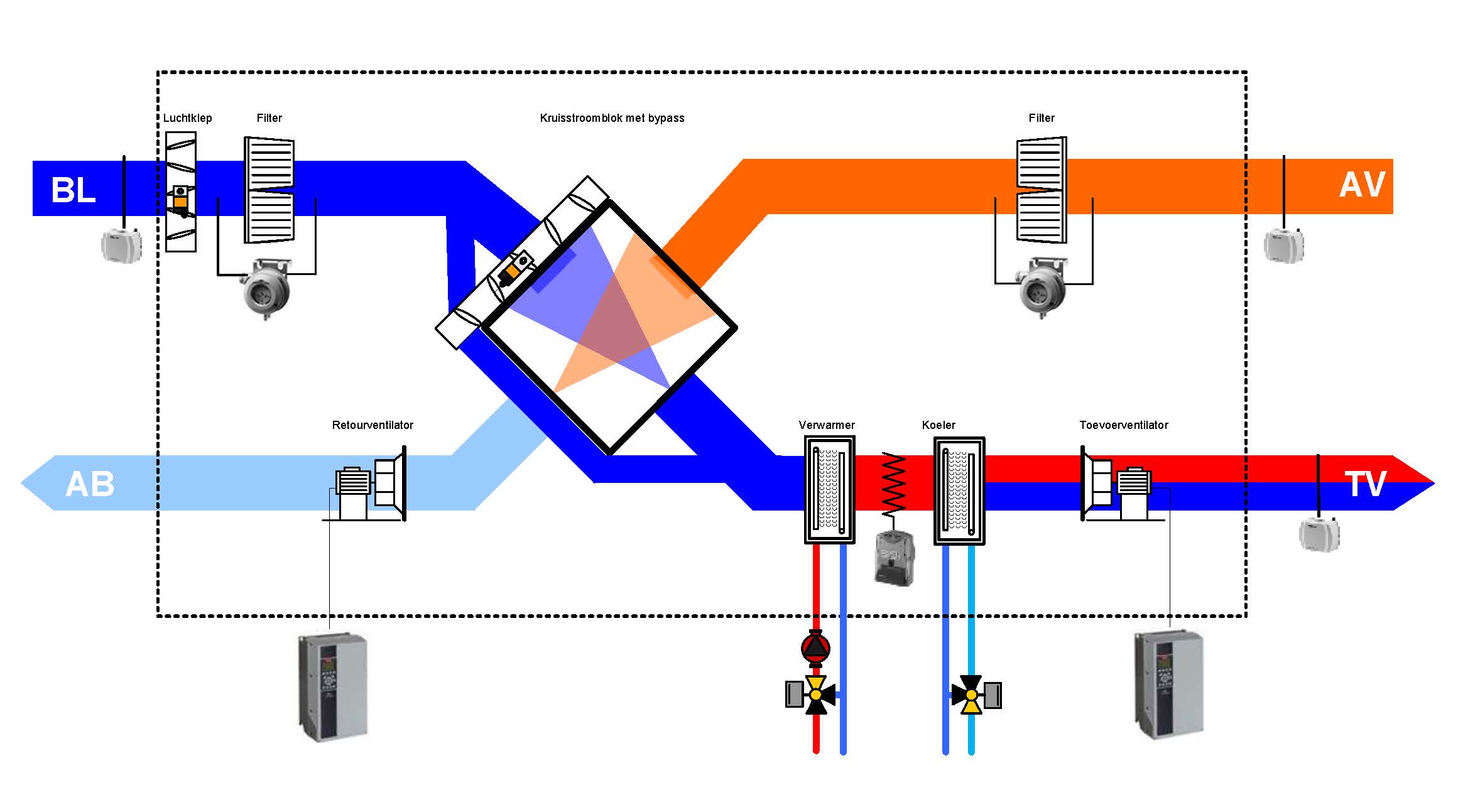
Current legislation
Legislation regarding air handling units can be extensive. Here are the key aspects to consider:
▪ EIA label
▪ Environmental database
▪ ERP legislation
Standards
To help you pre-select the quality level of your air handling unit, the Eurovent Energy Label provides a clear guide. Six labels are available: A+, A, B, C, D, and E. These labels set innovative performance requirements and are independently certified by Eurovent, ensuring that all promised performance levels are fully guaranteed.
Maintenance
To support the maintenance of air handling units, practical specifications have been developed by Binnenklimaattechniek’s partners. These documents act as checklists to improve the overall quality of the climate system. The primary objective is to optimise energy savings and enhance indoor comfort within the building.
Tools
The LCC Tool is specifically developed to simplify the comparison of air handling units. The tool takes into account Dutch energy and gas prices in its calculations but can also be used for energy consumption from other sources.


